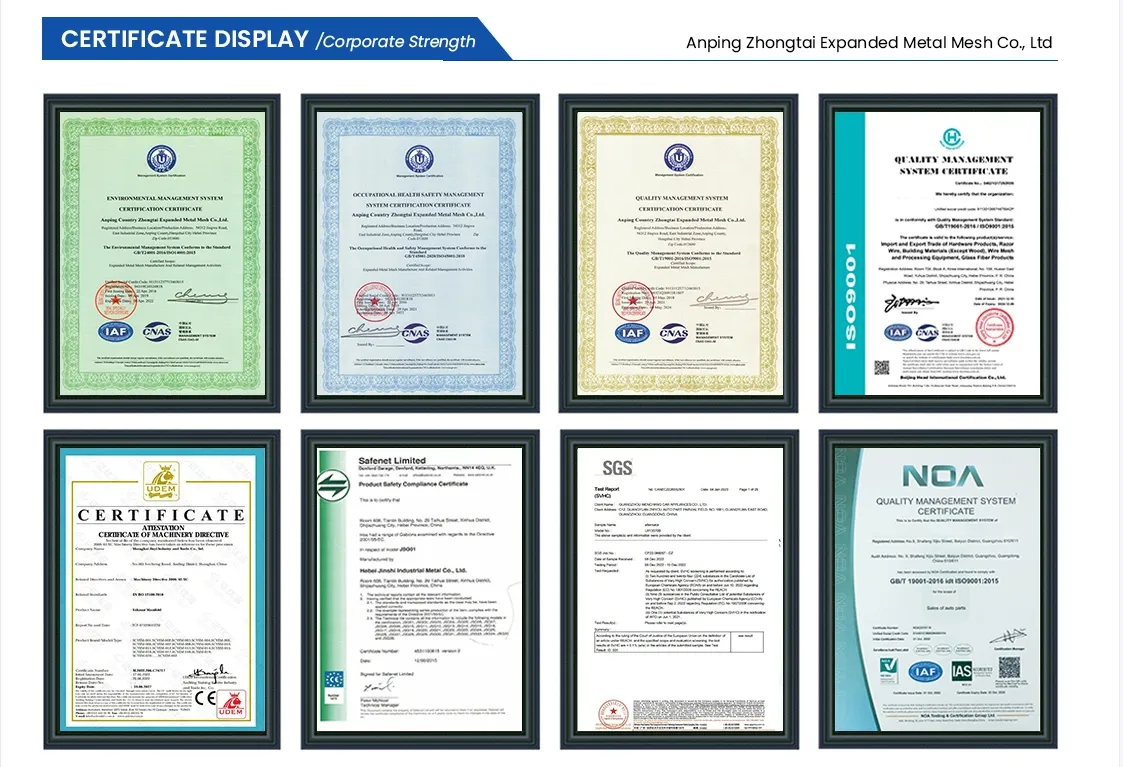Understanding the Costs of Highway Noise Barriers
Highway noise barriers have become a common sight in urban and suburban areas, aimed at mitigating the disruptive sounds generated by vehicular traffic. The increasing need for tranquility in residential neighborhoods adjacent to highways has led to their widespread implementation. However, the construction and maintenance of noise barriers incur significant costs, which can vary widely based on several factors. This article explores the factors influencing the costs of highway noise barriers and their importance in urban planning.
What are Highway Noise Barriers?
Highway noise barriers, also known as sound walls, are structures designed to block or deflect noise emitted from busy roads, railways, or other sources of loud environmental sounds. They can be made of various materials, including concrete, wood, metal, and even earth mounds. The primary purpose of these barriers is to protect residential areas, schools, and parks from the negative impacts of noise pollution, thus improving the quality of life for nearby residents.
Factors Influencing the Costs
1. Material Selection The choice of materials is a significant driver of cost. Concrete barriers are generally more expensive than wooden ones due to their durability and longevity. Advanced materials, such as those that incorporate absorptive elements to further reduce noise, can also inflate costs. Moreover, the aesthetic considerations of materials can lead to increased spending, especially in regions where visual appeal is essential.
2. Design and Engineering The complexity of the design can affect overall costs. Simple, straightforward barriers are less expensive, while custom designs that incorporate curves, special shapes, or artistic elements can raise costs. Engineering analysis is necessary to ensure the barrier meets safety standards and effectively reduces noise, adding to the cost.
3. Length and Height of the Barrier The required length and height of the noise barrier are crucial factors that determine the total cost. Longer and taller barriers require more materials and labor, dramatically increasing the expenses. The height must be carefully calculated to ensure it effectively blocks the noise, which can vary depending on the distance from the highway and the topography of the area.
highway noise barrier cost

4. Installation and Labor Costs The costs associated with construction labor also play a significant role. In regions with higher labor costs or where skilled labor is scarce, total expenses can increase. Additionally, the site preparation may involve significant grading, excavation, and traffic management, further adding to labor costs.
5. Maintenance and Lifespan Once installed, noise barriers require maintenance over their lifespan, which can also impact the overall cost. Depending on the materials used, maintenance might involve painting, repairing cracks, or replacing deteriorated sections. Concrete barriers, for example, tend to require less maintenance than wood, which is subject to rot and insect damage.
6. Regulatory Compliance Local regulations and environmental assessments can influence costs as well. Obtaining permits and ensuring compliance with noise control policies can add time and expense to the project. Environmental impact studies might be necessary, especially in sensitive areas, which can also drive up costs.
Benefits of Noise Barriers
Despite their costs, highway noise barriers offer significant benefits that can justify the investment. They not only improve the quality of life for nearby residents by reducing noise pollution but can also enhance property values in the area. Additionally, noise barriers can lead to safer neighborhoods, as reduced noise levels may encourage outdoor activities and increased use of public spaces.
Moreover, many noise barriers are designed with additional benefits in mind, such as aesthetics, wildlife protection, or even incorporating green technologies. Living walls or vegetation-covered barriers provide natural sound absorption and enhance the local environment.
Conclusion
The costs associated with highway noise barriers are multi-faceted and can be influenced by various factors, including material choices, design complexity, and labor requirements. However, the long-term benefits they provide in terms of noise reduction and improved neighborhood quality make them an essential consideration in urban planning. As cities continue to grow and infrastructure expands, understanding and managing the costs of noise barriers will be crucial for maintaining quiet, peaceful communities adjacent to busy highways.
-
The Strength and Versatility of Aluminum Expanded Metal Mesh
NewsJun.10,2025
-
Safety Guards and Machine Enclosures Using Expanded Mesh
NewsJun.10,2025
-
Performance with Round Hole Perforated Mesh in Wall Panels
NewsJun.10,2025
-
How Steel Grating Trench Covers Distribute Weight Efficiently
NewsJun.10,2025
-
How Deck Mesh Railing Enhances Backyard Aesthetics
NewsJun.10,2025
-
Comparing Bar Thickness and Spacing in Steel Grating
NewsJun.10,2025
Subscribe now!
Stay up to date with the latest on Fry Steeland industry news.

